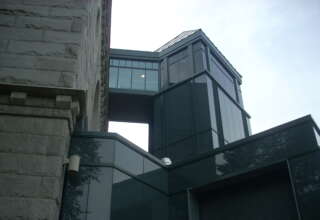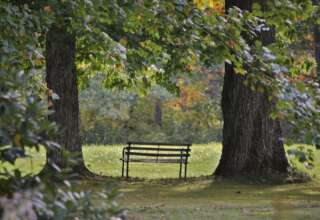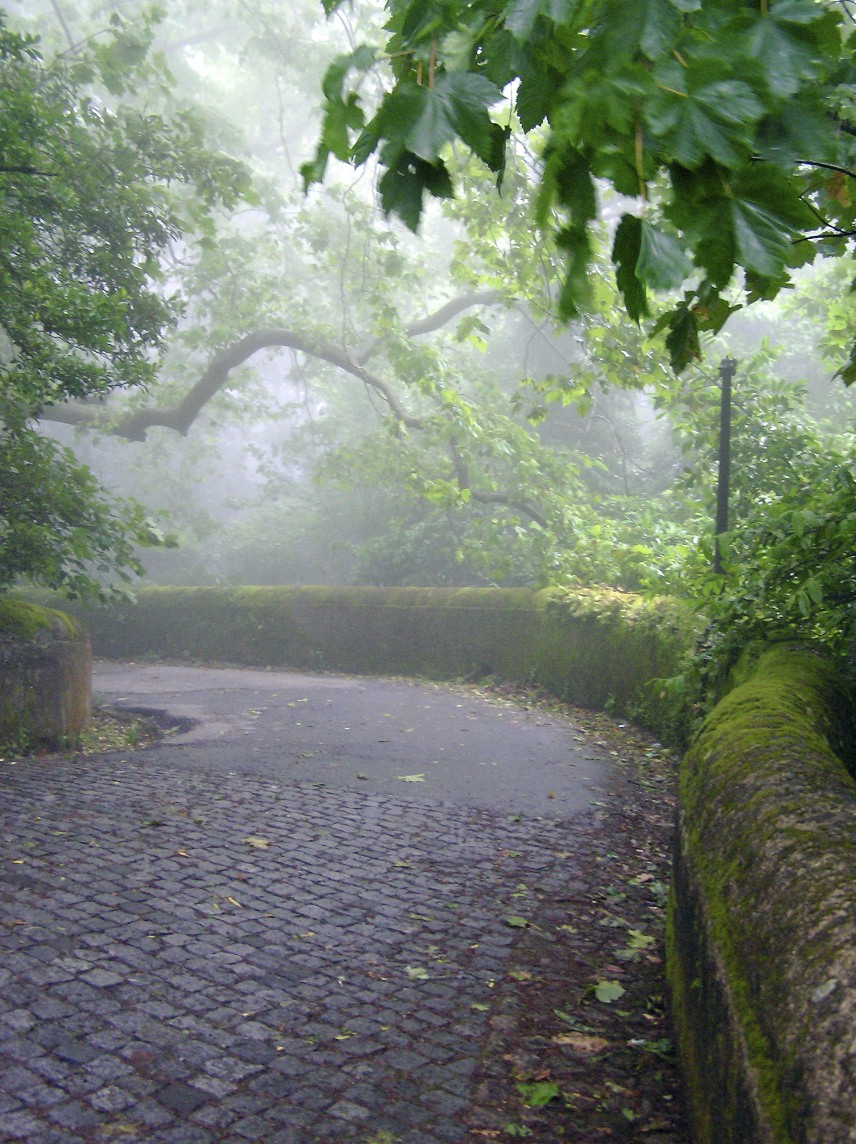
Independence is . . . difficult for people living in Estonia because they must now think for themselves. They can no longer tum to other people for guidance. There is no one to tell them what to do.
-A newly minted Estonian diplomat in 1992
Freedom was a source of great hope for the citizens of Eastern Europe during the early 1990s. Berne Weiss and I arrived at this conclusion in our book, Freedom (1994), by distilled the legacy of the West’s concepts of freedom, the common themes obtained from our personal experiences in Hungary, Estonia, and elsewhere in Eastern Europe. Most importantly, our conclusions were based on our interviews in Estonia and Hungary. It was also true, however, that many years of public lies and a long history of war and invasion in both countries have left the residents of Hungary and Estonia with a legacy of profound skepticism about the lasting effects and endurance of freedom in each country.
A sense of betrayal lies close enough to the surface to encourage a widely held wait-and-see attitude. Men and women who came from both countries were reluctant to commit to hope and were skeptical about solutions that have thus far been offered for longstanding problems. As one Hungarian put it, ”You Americans have a solution to every problem, and we Hungarians [and Es tonians] have a problem for every solution!” Yet, these same men and women also witnessed major shifts occurring in their countries and in their personal lives as a result of the collapse of the Soviet Union. They expressed the belief that these changes are irreversible and that the challenges awaiting them primarily concern their ability to live with and sustain their new freedom. Although past history leads to skepticism, current history led to hope and challenge. In setting the stage for our discussion of the reactions of Hungarians and Estonians to this freedom, Berne Weiss and I began with these feelings of hope and skepticism and, in particular, the sources and the expression of these feelings. I provide our original analysis, while also bringing this analysis up to date with the arch of hope and skepticism since the early 1990s in societies throughout our complex, unpredictable, and turbulent world. I suggest that there are often ironic juxtapositions of hope and skepticism in these contemporary societies.









